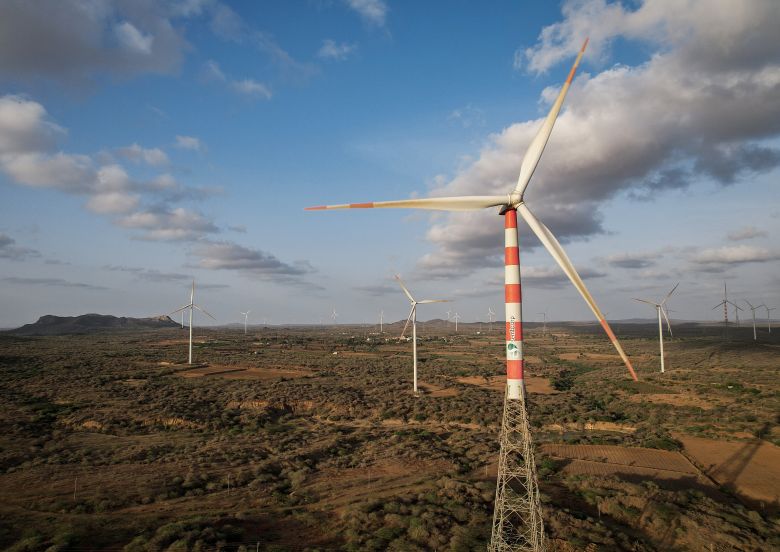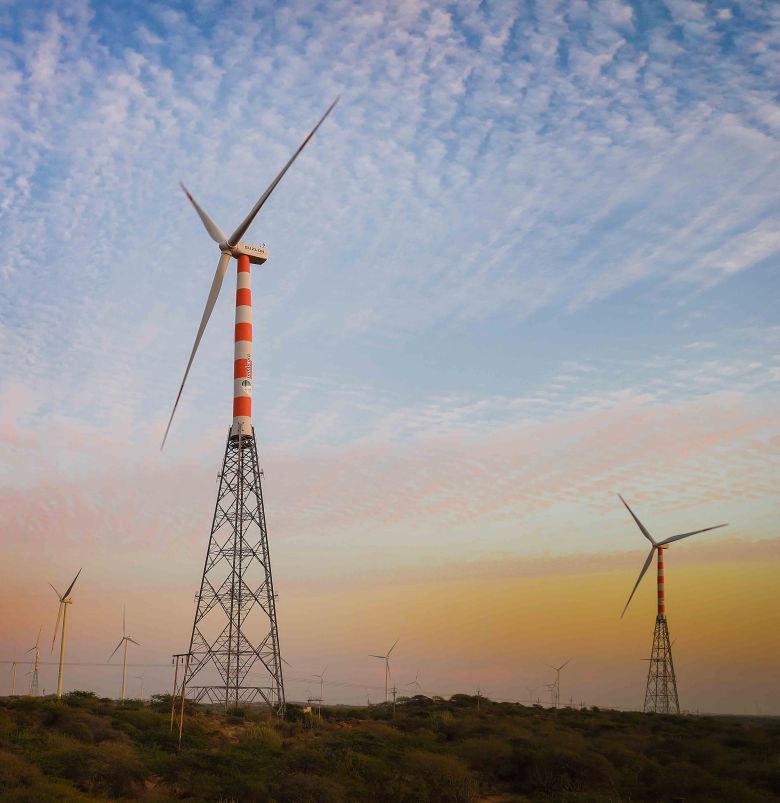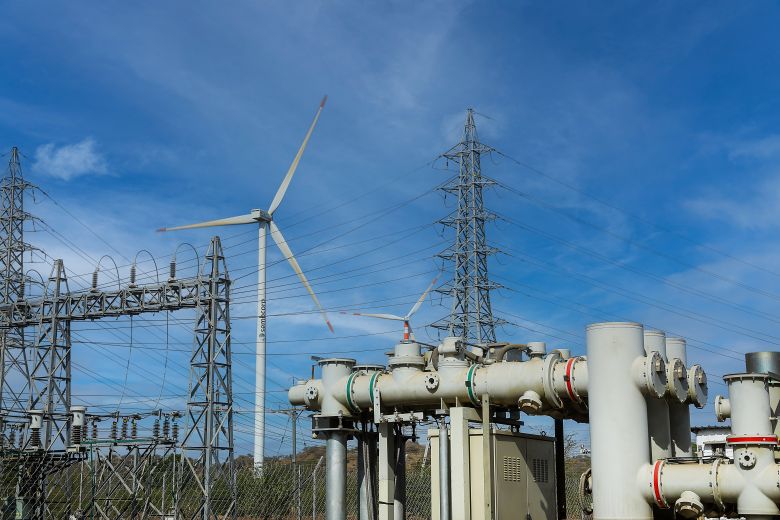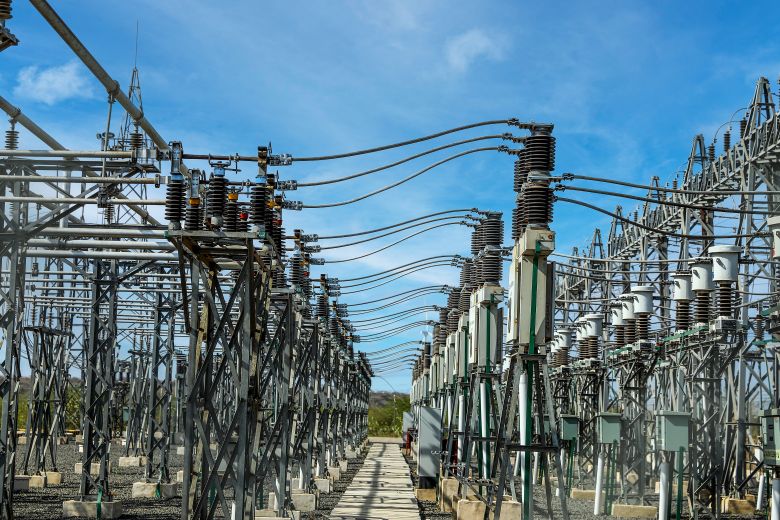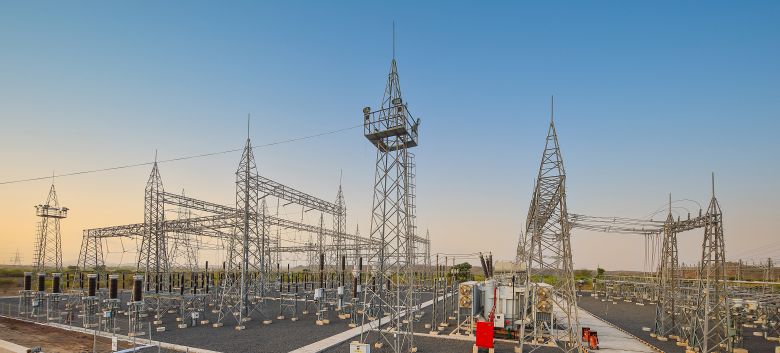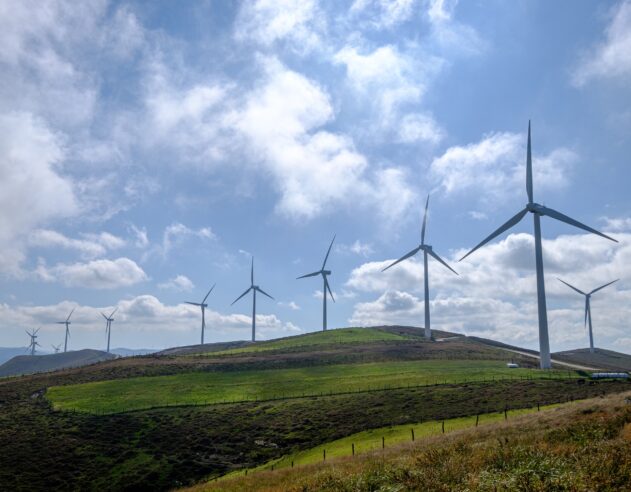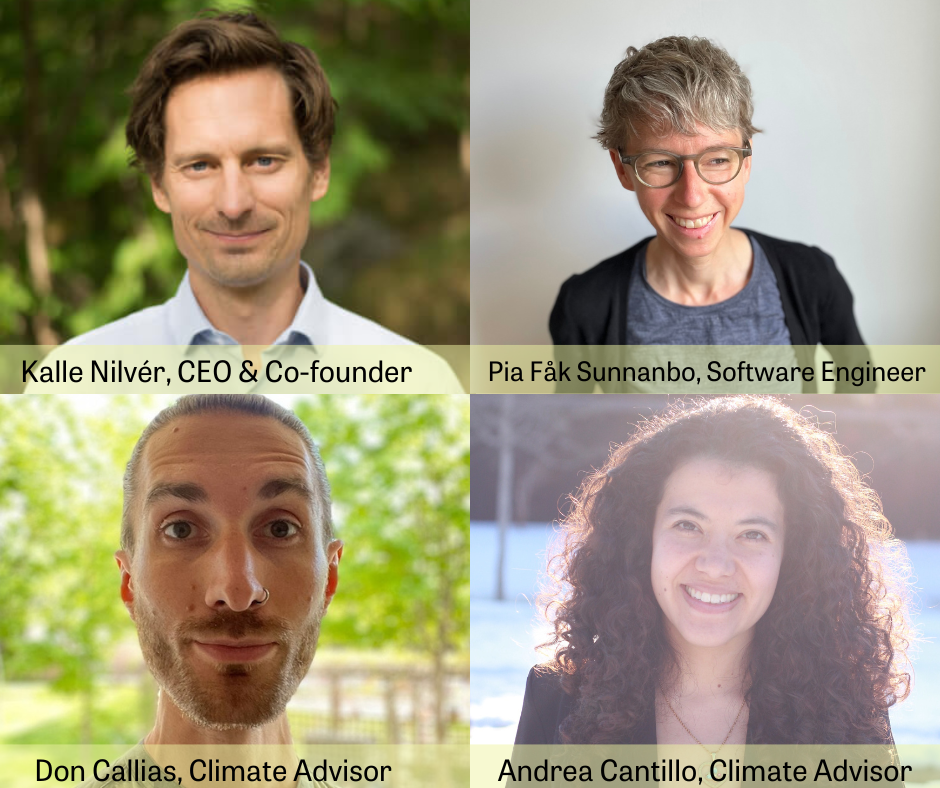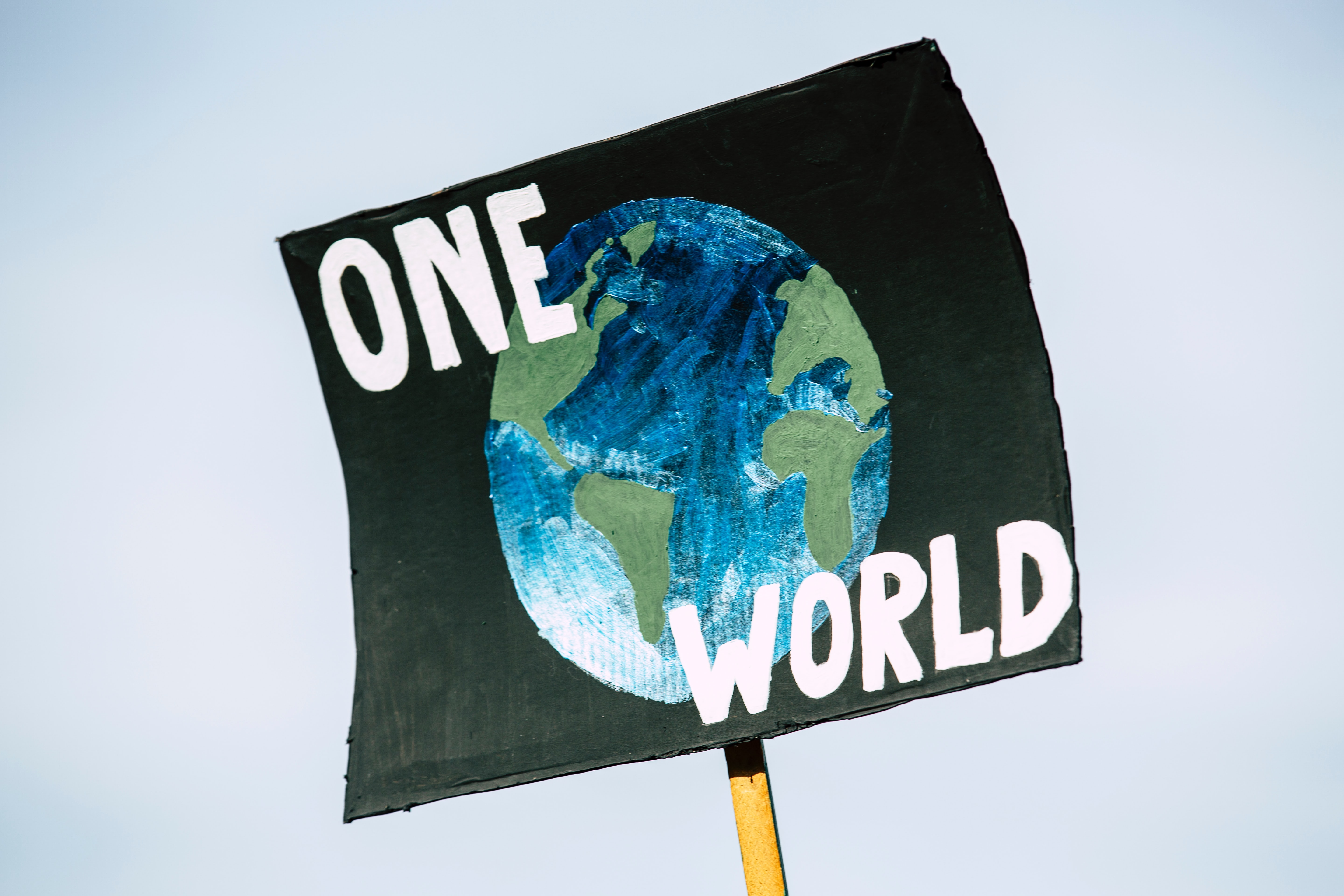
Att jobba med hållbarhet kan ge flera fördelar, både för företaget självt och för vårt samhälle och vår planet. I det här blogginlägget tittar vi på 9 fördelar med att jobba med hållbarhet och implementera hållbarhetsrapportering i ditt företag.
1. Långsiktig stabilitet och lönsamhet
Krav på hållbart företagande kommer redan idag från kunder, anställda, investerare, banker, politiker och andra intressenter och allt tyder på att de kraven kommer öka framåt. Att satsa på hållbarhet bidrar därför till en mer stabil och lönsam verksamhet över tid. Och om inte ni blir mer hållbara så kommer kunder och anställda hellre jobba hos konkurrenter som är mer hållbara.
Att jobba med hållbarhet handlar helt enkelt om att framtidssäkra sitt bolag.
2. Stärkt varumärke
Företag som arbetar med hållbarhet förstår vart samhället är på väg och visar att de är mer ansvarstagande. Genom att jobba med hållbarhet så minskar du även risken för dålig publicitet.
Att jobba med hållbarhet gör företaget mer attraktivt.
3. Minskade kostnader
Att arbeta med hållbarhet kan hjälpa företag att identifiera områden där de kan spara pengar, till exempel genom att minska energiförbrukning, minska avfall, återanvända datorer och telefoner, resa mindre och generellt effektivisera resursanvändningen.
Du kommer spara pengar på att jobba med hållbarhet.
4. Sälj mer
Företag som är duktiga på hållbarhet och transparenta med sin hållbarhet kan locka fler kunder som värdesätter ansvarsfulla och miljövänliga företag. Genom att vara mer hållbart är det lättare och roligare för kunder, säljare och andra anställda att prata om era tjänster och produkter. Kunder rekommenderar hellre ett hållbart bolag en ett icke hållbart.
Detta kommer leda till ökad försäljning och större marknadsandelar.
5. Identifiera risker och möjligheter
Hållbarhetsarbete och rapportering hjälper företag att identifiera och hantera risker och möjligheter kopplade till miljö, sociala frågor och företagsstyrning. Detta leder till bättre beslutsfattande och affärsstrategier och att snabbare och mer strukturerat identifiera risker.
Att jobba med hållbarhet minskar risker och gör det lättare att fånga möjligheter.
6. Uppfylla lagkrav och standarder
Det finns redan idag lagar och standarder som kräver att större företag rapporterar om sin hållbarhet. Snart kommer exempelvis CSRD och ställer ännu högre krav på ännu fler företag kring att jobba med och rapportera hållbarhet.
Att jobba med hållbarhet är och kommer bli ett lagkrav för många företag.
7. Motivera anställda
Att vara ett hållbart företag kan bidra till att skapa en mer positiv och engagerad arbetsmiljö. Anställda som känner att deras arbetsgivare tar hållbarhetsfrågor på allvar är ofta mer motiverade, stolta och produktiva.
Hållbarhet gör dina anställda bättre.
8. Driva innovation och tillväxt
Att jobba med hållbarhet kan uppmuntra företag att utveckla nya idéer och affärsmodeller som är mer hållbara och lönsamma. Detta kan leda till innovation och tillväxt på både kort och lång sikt.
Din affär kan utvecklas och bli bättre när du jobbar med hållbarhet.
9. Det är rätt sak att göra
Forskningen är tydlig, vi är på väg åt fel håll när det gäller klimatet och flera andra planetära gränser så som biologisk mångfald. Att ta ansvar för vad vi jobbar med och bidra till att ta samhället och planeten till en bättre plats är moraliskt och etiskt rätt sak att göra. För oss själva men också för nästa generation.
Det kommer kännas bättre i magen att ta tag i ert hållbarhetsarbete,
Sammanfattningsvis är hållbarhet en viktig del i att bygga ett framgångsrikt företag. Genom att fokusera på dessa 9 fördelar kan ditt företag skapa långsiktig stabilitet, stärka sitt varumärke, spara pengar och driva innovation, samtidigt som det bidrar till en mer hållbar värld. Investera i hållbarhet idag för att säkerställa en ljusare framtid för både ditt företag och vår planet.
